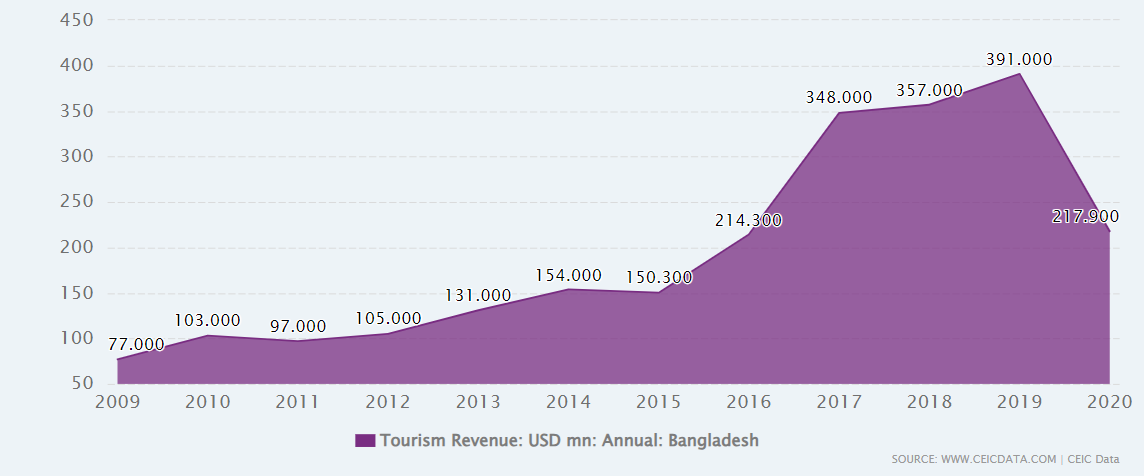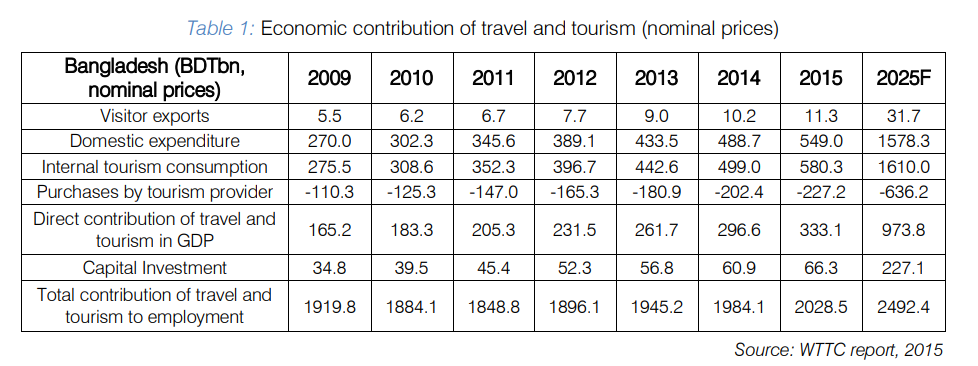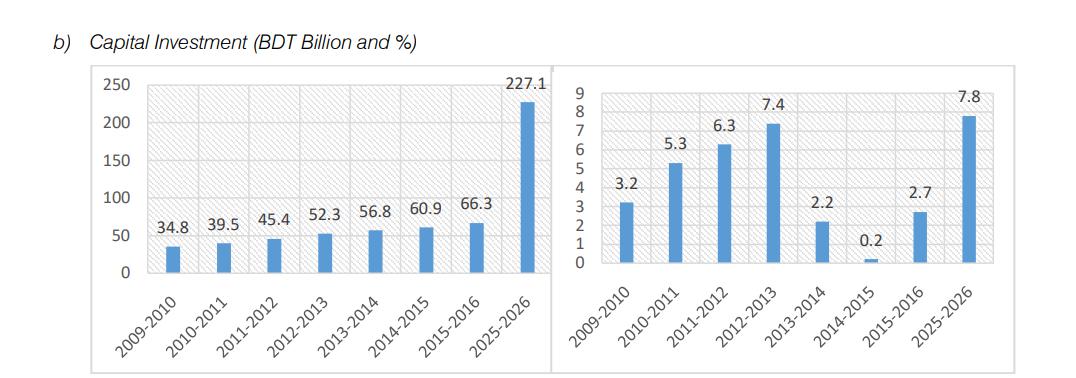Introduction
Many factors affect the success and profitability of hotels, restaurants, and other institutions, making the hospitality industry dynamic and complex. Revenue managers and general managers face several challenges in today’s competitive climate while trying to maximize ROI and resource optimization. Hospitality managers must consider the changing economy. Revenue management no longer predicts supply and demand using historical data (Guha, 2016, pp. 465). Consumer spending, inflation, and GDP variations might affect hospitality demand. Managers must carefully monitor these economic indicators and adjust pricing and marketing strategies to maintain ROI (Jones et al., 2014, p.7). Additionally, technological advances have changed hospitality operations, giving managers both benefits and challenges. Data analytics, smartphone apps, and online registration platforms have transformed tourism customer engagement. Managers must stay abreast of these technological advances and adapt their procedures to meet the needs of tech-savvy customers (Legrand et al., 2022). This report’s PESTEL analysis will focus on economic and technological factors affecting the hospitality industry. It seeks to help hotel management maximize their resources and maintain a favorable return on investment in this competitive market by studying external variables.
PESTEL Analysis
Hotels, culinary services, and tourism make up the worldwide hospitality business. PESTEL Analysis helps companies assess the impact of external macroenvironmental elements on their operations (Roy and Chowdhury, 2021, p. 181). The acronym stands for Political, Economic, Sociological, Technological, Environmental and Legal factors. Each of these is essential for any industry, including hospitality. A detailed PESTEL Analysis is needed to identify and understand hospitality managers’ biggest external challenges. For instance, The poll focused on tourists visiting hill tracts, sea beaches/islands, and three- to five-star hotels in Bangladesh. We evaluated several hospitality-related feelings and tourism interest factors. The “PESTEL Theory of Marketing” was used to analyze tourism’s internal elements. Monitoring macro-environmental (external marketing environment) elements (Roy and Chowdhury, 2021, pp. 192). The findings described Bangladesh’s tourism and hospitality situation. Tourism relies on hospitality. Tourists want peace, comfort, and high-quality goods and services in Bangladesh (Hassanien and Dale, 2019). In December 2020, Bangladesh’s tourism earnings were 218 million USD, up from 391 million USD in 2019. Annually updated data is available from December 2002 to December 2020. The record low was 59 million USD in December 2003, while the record high was 391 million USD in December 2019 (Bangladesh Tourism Revenue, 2018). A tourism revenue graph from 2002 to 2020 is shown below:

Figure 1 Tourism Revenue Graph from December 2009 to December 2020 (Bangladesh Tourism Revenue, 2018).
In a case study, famous companies like “Xplorer Tours” have adopted technology to boost growth and innovation in Bangladesh’s tourist sector, which has faced similar challenges. The sector, which had historically relied on manual procedures and traditional marketing, recognized the need for a digital revolution to boost visitor happiness and stay competitive (Roy and Roy, 2015, p. 54). “Xplorer Tours” went digital by creating an easy mobile app and rebuilding its website to improve procedures, customer happiness, and market reach. Customers may easily browse tour packages, reserve tickets, and find destination information via the smartphone app. The updated website was more entertaining and informative (Roy and Roy, 2015, p. 58). These technological solutions have helped Bangladesh’s tourism business grow and improve by providing a high return on investment. Overall, hotel managers can benefit from a thorough PEST Analysis to predict and handle external variables that may affect company operations.
Economic Analysis
Economic analysis usually involves analyzing the pros and cons of an investment or choice. This includes assessing possible revenue streams, initial investments, ongoing expenses, and the organization’s financial impact. A thorough economic analysis helps hospitality management make decisions that ensure long-term profitability and success. Bangladesh has several man-made, natural, cultural, historical, archaeological, and religious attractions (Hafsa, 2020). By visiting the place. One can learn about tribal culture, traditions, diet, and animals. They may also enjoy river cruises, water skiing, hiking, rowing, sailing, fishing, and sea bathing (Hafsa, 2020). Many developing nations are growing their tourism industries. It boosts Bangladesh’s GDP growth directly and indirectly by creating new jobs for men and women, reducing poverty, increasing local community participation, generating foreign currency through foreign tourism, improving locals’ economic standards, and promoting economic and social stability.
Bangladesh’s tourism business has grown rapidly in the past decade. The growth trend has been erratic, reflecting unorganized progress and probably poor government planning. From 1995 to 2010, visitation rose from 113.2 million to 303.4 million, with traffic rising in between which shows a drop in visitors and this worries the sector and requires further investigation by the authorities (Hafsa, 2020). It was discovered that tourists often avoid Bangladesh due to its poor lodging, transportation, political instability, and security (Hafsa, 2020). The WTTC (2015) report lists the economic benefits of travel and tourism:

Figure 2 Nominal Prices of the Economic Contribution of travel and tourism

Figure 3 Percentages of the Economic Contribution of travel and tourism
The first figure in Figure 4 suggests visitor exports to Bangladesh rise annually (Hafsa, 2020). In 2009–2010, 5.5 million tourists shipped goods. The amount climbed from 11.3 billion taka in 2015-16, nearly double, to 31.7 billion in 2025-2026, thrice. The second figure on the other hand shows an irregular visitor export increase from the previous year. Variations were significant (Hafsa, 2020).

Figure 4 Visitors Exports (BDT Billion and %)
The first figure in Figure 5 below suggests visitor exports to Bangladesh are growing annually. Capital investments roughly doubled from 34.8 billion takas in 2009-10 to 66.3 billion takas in 2015-16, according to Hafsa (2020). These investments are expected to quadruple from 34.8 billion taka in 2009-10 by 2025-2026. The second figure on the other hand shows an inconsistent capital investment increase from last year which reports large volatility.

Figure 5 Capital Investments (BDT Billion and %)
The direct economic effects of tourism growth are mostly based on tourist spending on housing, dining, sightseeing, transportation, and recreation (Hafsa, 2020). However, it is important to recognize the significant indirect and induced effects of recirculating that expenditure throughout regional economies, as well as the employment and revenue created by sector suppliers. Travel and tourism will contribute $9.2 trillion to global GDP by 2021, according to the World Travel and Tourism Council (Hafsa, 2020). Travel and tourism directly affect GDP through “internal” and “individual” government spending. “Internal” spending is the entire amount of money residents and non-residents spend on business and leisure travel and tourism. “Internal” spending comprises government spending on travel and tourism services directly tied to visitors, such as museums and national parks.
According to National Accounting, the direct contribution of Travel & Tourism to GDP is based on the production of tourism-related sectors such as hotels, airlines, airports, travel agents, and leisure and recreation services that interact directly with tourists. This statistic matches the 2008 Tourism Satellite Account Recommended Methodological Framework’s Tourism GDP definition (Hafsa, 2020). Bangladesh hospitality administrators can therefore optimize profitability and evaluate construction project ROI by doing thorough economic analysis. This economic analysis helps Bangladeshi hospitality management overcome construction challenges, make smart business decisions, and help hotel managers increase profits and sustain the sector.
Technological Analysis
Innovative technology (IT) has revolutionized the operations, framework, approach, and function of tourist and hospitality facilities and linked organizations worldwide. Effectively deployed IT boosts tourist and hospitality industry competitiveness (Bappy & Avi, 2021). Hospitality managers ought to invest in technology that improves operational efficiency, customer service, and ROI to stay competitive and meet consumer needs. McCartney and McCartney (2020, pp. 3835) developed a conceptual framework to help companies decide whether to take service robots (SRs) into the workplace and assess lawmakers, employees, and consumers’ acceptability. The study reviewed hospitality and tourism SR adoption literature that may have humanoid or zoomorphic (animal-like) features and artificial intelligence. The survey found that hospitality and tourism are using SRs more. Further research should examine SRs’ value-added capabilities in hospitality operations. Managers can therefore learn about consumer preferences and behavior from online bookings, customer reviews, and social media interactions.
The present Bangladeshi government has declared the Digital Bangladesh vision and launched many initiatives to demonstrate the benefits of using ICTs to provide services to businesses as part of Vision 2021. About 25% of Bangladesh’s GDP comes from its 6 million SMEs. 60–65% of small and medium-sized firms (SMEs) reside outside Dhaka and Chittagong, offering convenient labor resources, lower costs, and a less stressful business environment. SMEs have a major impact on domestic exports, including leather, jute, and ready-made clothing (Hoque et al., 2016, p. 989). Increasing the Bangladeshi government’s focus on SMEs and providing all feasible support could help rural SMEs grow (Hoque et al., 2016, p. 989).
In January 2011, the Prime Minister’s Office’s Access to Information program set Digital Bangladesh’s strategic priorities. Three years after Vision 2021, this project promotes market access for disadvantaged producers and SMEs, m-banking, electronic payment systems, and electronic business transactions (Hoque et al., 2016, p. 989). With the Right to Information Act 2009, ICT Act 2009, and ICT Policy 2009, the government has created an enabling environment. Despite several attempts to deploy ICT in Bangladesh’s SMEs, little research has been done to determine their achievements (Hoque et al., 2016 pp. 989). ICT therefore has great promise as a development tool on the supply side (e.g., infrastructure provision), but little study has been done on the demand side (e.g., effect).
Ahmed and other authors (2010) examined Pakistani SMEs’ ICT usage and IT adoption satisfaction (Hoque et al., 2016 pp. 990). Respondents were less dissatisfied with software than hardware and said that infrastructure, government backing, and the internal and external environment influence Indian SMEs’ ICT adoption. Community information centers (CICs), telecenters, laptops, and mobile phones can also help rural SMEs in Bangladesh grow and survive.
Small and medium-sized firms (SMEs) invest little in information system development and show little care for it. It was also shown that supportive conditions, hard labor efficiency, and performance efficiency affect Bangladeshi SMEs’ information system adoption and use.
Azam and Quaddus (2013) explored how culture, perceived utility, and perceived simplicity of use affect ICT uptake and use by Bangladeshi SMEs. SMEs in Bangladesh were influenced to adopt ICT by in-group collectivism, ethical culture, Bengali values, perceived simplicity of usage, and perceived utility. Although ICT has significant benefits for SMEs, its implementation in Bangladesh is limited which needs to be improved shortly to ensure that the managers work easily and efficiently (Hoque et al., 2016, p. 989). Technological advancement is therefore crucial for hospitality managers to address challenges and improve ROI.
Hospitality managers must adopt cutting-edge technologies like service robots to overcome their biggest return on investment challenges. Service robotics in hospitality can improve operational efficiency, client satisfaction, and ROI. Hospitality managers can also improve operations and competitiveness through government efforts that promote ICT use in enterprises, especially SMBs.
Conclusion
In conclusion, the hotel industry is complex and subject to many external factors, including economic and technological changes. Revenue managers and general managers struggle to optimize resources and ROI in today’s competitive industry. Technology has transformed hospitality operations, requiring managers to stay abreast of new advances and adapt their policies to meet the needs of tech-savvy customers. A detailed PESTEL analysis helps hotel managers understand external issues that may affect their operations. By making informed decisions based on political, economic, sociological, technological, legal, and environmental aspects, managers can maximize resources and maintain a positive return on investment.
Economic analysis helps managers evaluate financial decisions and anticipate ROI for various projects. Technological analysis on the other hand focuses on integrating cutting-edge techniques like service robotics to improve operational efficiency, customer satisfaction, and ROI. Managers must therefore be aware of external factors, adapt to trends, and use technology efficiently to improve overall operations and financial performance. This also ensures that hospitality companies thrive in a competitive market by proactively examining and addressing these factors.
Reference list
Bangladesh Tourism Revenue. (2018, June 1). https://www.ceicdata.com/en/indicator/bangladesh/tourism-revenue
Bappy, T. A., & Avi, M. A. R. (2021, January 1). Technological Innovation Application in the Tourism and Hospitality Industry of Bangladesh. Springer eBooks. https://doi.org/10.1007/978-981-16-2434-6_4
Guha Thakurta, P., 2016. Revenue management: the ever-changing landscape and the need to innovate. Worldwide Hospitality and Tourism Themes, 8(4), pp.461-468.https://www.emerald.com/insight/content/doi/10.1108/WHATT-05-2016-0024/full/html
Hafsa, S. (2020, January 15). Economic Contribution of Tourism Industry in Bangladesh: At a Glance | Global Journal of Management and Business Research. http://dx.doi.org/10.34257/GJMBRFVOL20IS1PG29
Hassanien, A. and Dale, C., 2019. Hospitality business development. Routledge.https://www.taylorfrancis.com/books/mono/10.4324/9781351033701/hospitality-business-development-crispin-dale-ahmed-hassanien
Hoque, M.R., Saif, A.N.M., AlBar, A.M. and Bao, Y., 2016. Adoption of information and communication technology for development: A case study of small and medium enterprises in Bangladesh. Information Development, 32(4), pp.986-1000.https://doi.org/10.1177/0266666915578202
Jones, P., Hillier, D. and Comfort, D., 2014. Sustainability in the global hotel industry. International Journal of Contemporary Hospitality Management, 26(1), pp.5-17.https://www.emerald.com/insight/content/doi/10.1108/IJCHM-10-2012-0180/full/html
Legrand, W., Chen, J.S. and Laeis, G.C., 2022. Sustainability in the hospitality industry: Principles of sustainable operations. Routledge.https://www.taylorfrancis.com/books/mono/10.4324/9781003081128/sustainability-hospitality-industry-willy-legrand-joseph-chen-gabriel-laeis
McCartney, G. and McCartney, A., 2020. Rise of the machines: towards a conceptual service-robot research framework for the hospitality and tourism industry. International Journal of Contemporary Hospitality Management, 32(12), pp.3835-3851.https://www.emerald.com/insight/content/doi/10.1108/IJCHM-05-2020-0450/full/html
Roy, M. and Chowdhury, S., 2021. Ecotourism and hospitality in Bangladesh: the application of PESTEL analysis and determining the internal factors. Tourism Products and Services in Bangladesh: Concept Analysis and Development Suggestions, pp.181-215. https://link.springer.com/chapter/10.1007/978-981-33-4279-8_9
Roy, S.C. and Roy, M., 2015. Tourism in Bangladesh: Present status and prospects. International Journal of Management Science and Business Administration, 1(8), pp.53-61.https://www.academia.edu/download/91757573/6.-Tourism-in-Bangladesh-Present-Status-and-Future-Prospects_.pdf
Talukder, M.B. and Bhuiyan, M.L., 2020. An assessment of the roles of the social network in the development of the Tourism Industry in Bangladesh. International Journal of Business, Law, and Education, 1(2), pp.52-60.https://doi.org/10.56442/ijble.v2i3.21
 write
write